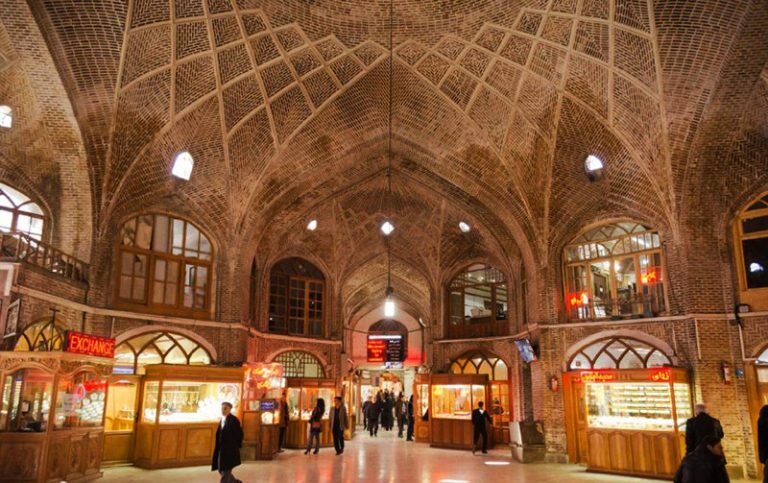INSUBCONTINENT EXCLUSIVE:
TEHRAN-- The heating unit of the UNESCO-registered fair of Tabriz, northwestern East Azarbaijan province, requires to be enhanced, the guv
of Tabriz has said.As a World Heritage website, the historic fair of Tabriz needs to be safeguarded and arranged with the participation of
all companies involved, CHTN quoted Ali Jafari as stating on Wednesday.One of the most essential concerns in the marketplace is the defense
and restoration of electricity wires and cable televisions to enhance the visual appearance and security of the fair and shops, as well as
the installation of an emergency alarm system, the official added.Tabriz Historic Bazaar Complex has been a UNESCO World Heritage Site
because 2010 and was mentioned by Marco Polo when he took a trip the Silk Road in the Middle Ages.An assortment of interconnected covered
passages that goes for about 5 kilometers, the market has been a melting pot of cultural exchange given that antiquity.It welcomes countless
shops, over 20 caravanserais, and inns, some 20 huge domed halls, bathhouses, and mosques, along with other brick structures and enclosed
spaces for different functions
Its history dates back to over a millennium, nevertheless, most of fine brick vaults that capture most visitors eyes date from the 15th
century.Tabriz became the capital of the Mongol Il-Khan Mahmud Gazan (1295-- 1304) and his successor
Timur (Tamerlane), a Turkic conqueror, took it in 1392
Some decades later the Kara Koyunlu Turkmen made it their capital, it was when the well-known Blue Mosque was integrated in Tabriz.The
ancient city kept its administrative status under the Safavid dynasty until 1548 when Shah Tahmasp I moved his capital westward to
Qazvin.During the next two centuries, Tabriz altered hands several times in between Persia and the Ottoman Empire
During World War I, the city was momentarily inhabited by Turkish and after that Soviet troops.Bazaars in Persian townsBazaar is,
originally, a public market district of a Persian town
The exchange of the ancient Islamic world was strongly described in the folktales of The Thousand and One Nights
Found in a distinct quarter of a town, it was dynamic and loud by day in contrast to the quiet domestic quarters
Access was prohibited after sundown.Distinctive architecture characterized some exchanges-- such as those constructed at Kashan and Isfahan
in Iran in the 17th century
They were generally roofed for protection against the hot desert sun, either with a single roofing, with individual vaulted cupolas or
domes, or with awnings.From another point of view, markets are also synonyms of foods, with their unmissable colorful stalls of vegetables,
Yet, the majority of these active ingredients might be mystical to a foreign eye
Teahouses assist stress the walk and a standard dining establishment is a perfect location for lunch.Browsing through a conventional fete
may supply brand-new experiences and fresh perspectives on the ancient land
Such expeditions can be made either personally or by off-the-beaten-track tours
Not only its a chance to discover dozens of special local components, but its also a possibility to taste street foods and specials, in some
traditional pastry shops understood only by locals and shopkeepers.People watching and even mingling with them in the marketplaces is one of
the best ways to take the pulse of the nation
Markets have actually typically been significant financial and social centers in any Iranian city.ABU/ AM

